Cloudburst In recent years, the term cloudburst has become increasingly common in news headlines and weather alerts, especially in mountainous and hilly regions. From northern India to parts of the Himalayas and beyond, cloudbursts are causing flash floods, landslides, and massive destruction. But what exactly is a Why are these events happening more frequently now? And how can communities prepare for them?
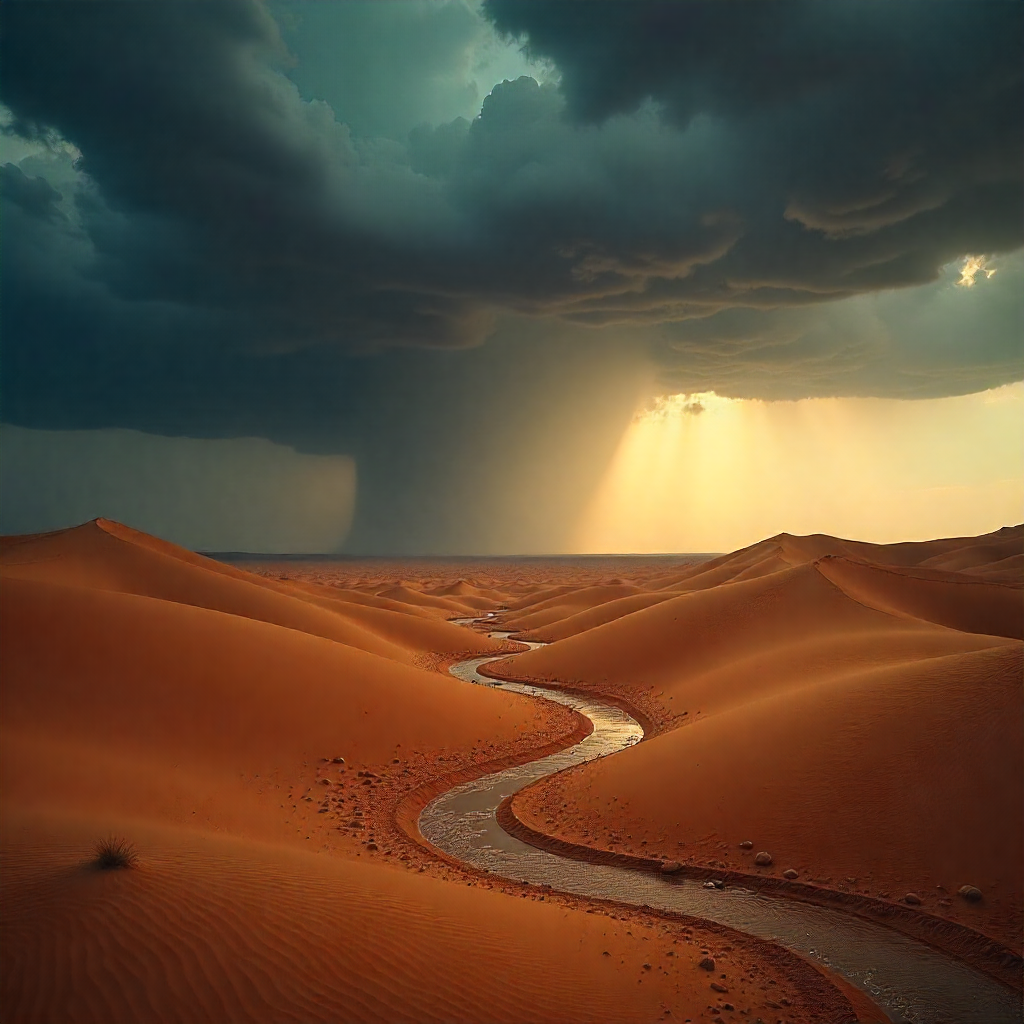
This blog will take you through the science of explore why they occur, examine their increasing frequency, and consider what can be done to mitigate their impact.
What Is a Cloudburst?
Technically, it refers to rainfall exceeding 100 millimeters (mm) per hour over a region spanning less than 20 to 30 square kilometers. Often, this rain falls in just 30 to 60 minutes, overwhelming natural and man-made drainage systems.

can release a huge volume of water, similar to opening a dam all at once. When this happens in mountainous regions, the water rushes downhill, often turning into destructive flash floods.
Characteristics of a Cloudburst:
- Short duration: Typically lasts less than 2 hours.
- High intensity: Rainfall rates exceed 100 mm/hour.
- Localized: Affects a small area, often just a few square kilometers.
- Sudden: Occurs with little or no warning.
- Accompanied by thunderstorms: Often includes thunder, lightning, and strong winds.
How Does a Cloudburst Happen?
The phenomenon of is closely related to the structure and behavior of cumulonimbus clouds—the same massive clouds responsible for thunderstorms and extreme weather events.
Here’s a simplified step-by-step explanation of how a occurs:
1. Warm, Moist Air Rises Rapidly
typically begin with warm, moist air near the Earth’s surface. When this air is heated—either by the sun or by warm ground—it begins to rise.
2. Formation of Cumulonimbus Clouds
As the moist air rises, it leads to the formation of cumulonimbus clouds, which are tall, dense, and capable of producing very heavy rain. These clouds can extend up to 12–15 kilometers into the atmosphere.
3. Atmospheric Trapping and Vertical Lift
In hilly or mountainous regions, the topography forces the air to rise even more rapidly, a process known as orographic lifting. At the same time, if the upper layers of the atmosphere are colder or if there’s a layer of warm air above (a temperature inversion), it can trap the moisture-laden clouds below. This creates a situation where water keeps accumulating in the cloud without being able to disperse or rain down gradually.
4. Sudden Release of Moisture
Eventually, the cloud can no longer hold the enormous amount of moisture it has accumulated. The result is a sudden, intense downpour. All the water is released almost at once, often within an hour, leading to flooding, landslides, and significant damage.
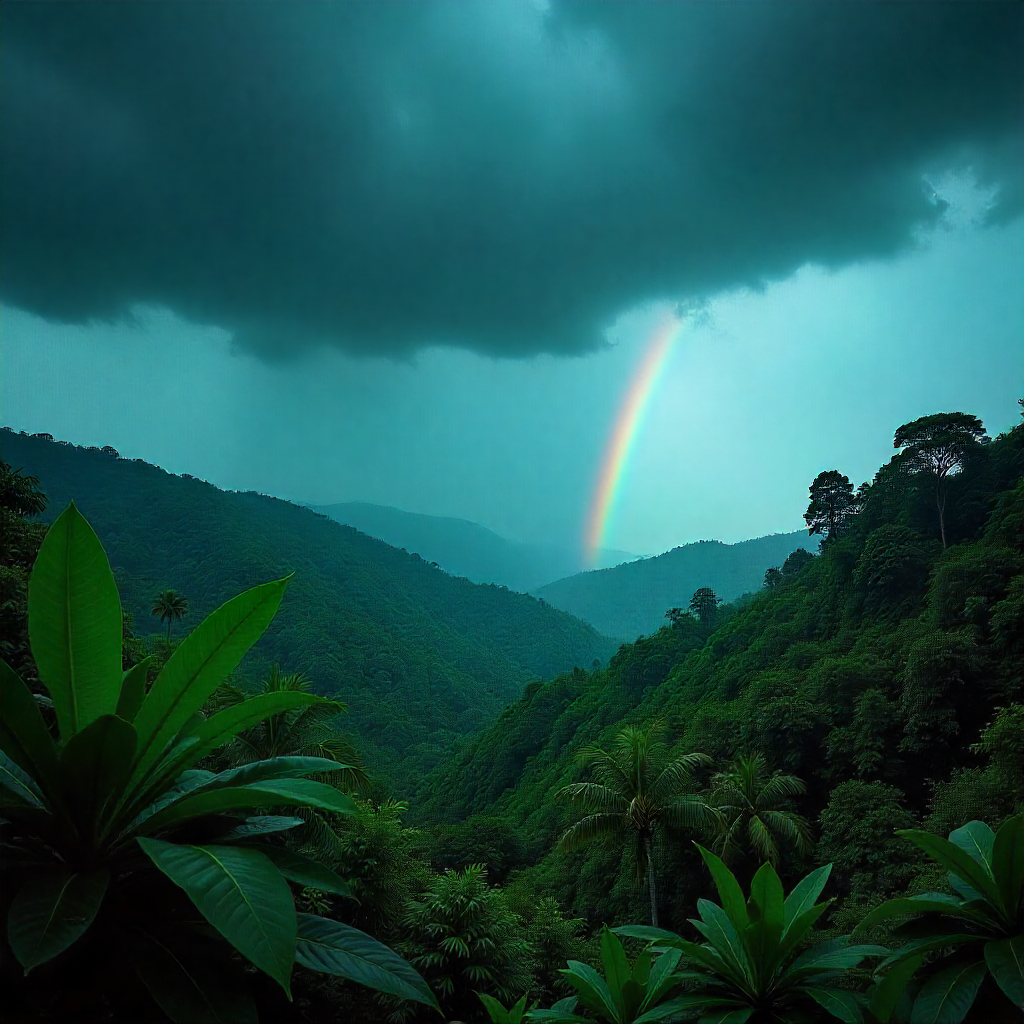
5. Lack of Wind Movement
often occur when there’s little to no wind in the upper atmosphere to disperse the clouds. As a result, the moisture gets concentrated in one place, leading to a localized disaster.
Why Are Cloudbursts Common Nowadays?
There are several reasons are becoming more frequent and intense in recent years:
1. Climate Change
- More intense rainfall events
- Greater risk of sudden downpours
- Formation of larger thunderclouds

Climate scientists suggest that the warming of oceans and land surfaces has made the atmosphere more unstable, increasing the frequency of extreme weather events—including
2. Urbanization and Deforestation
Rapid urban development and deforestation have:
- Removed natural vegetation that absorbs rainwater.
- Created impermeable surfaces like concrete that accelerate runoff.
- Disrupted the natural drainage systems.
In the case of the impact is far more severe.
3. Geographic Vulnerability
Certain areas are naturally more prone to:
- Mountainous regions: The Himalayas, the Western Ghats, and other high-altitude zones experience orographic lift, which encourages cloud formation.
- Poor soil stability: In steep slopes and loose soils, intense rain quickly leads to landslides.
- Valley regions: Flash floods can form as water rushes down from higher elevations.
4. Changes in Monsoon Patterns
Shifting and erratic monsoon behavior due to climate change has caused:
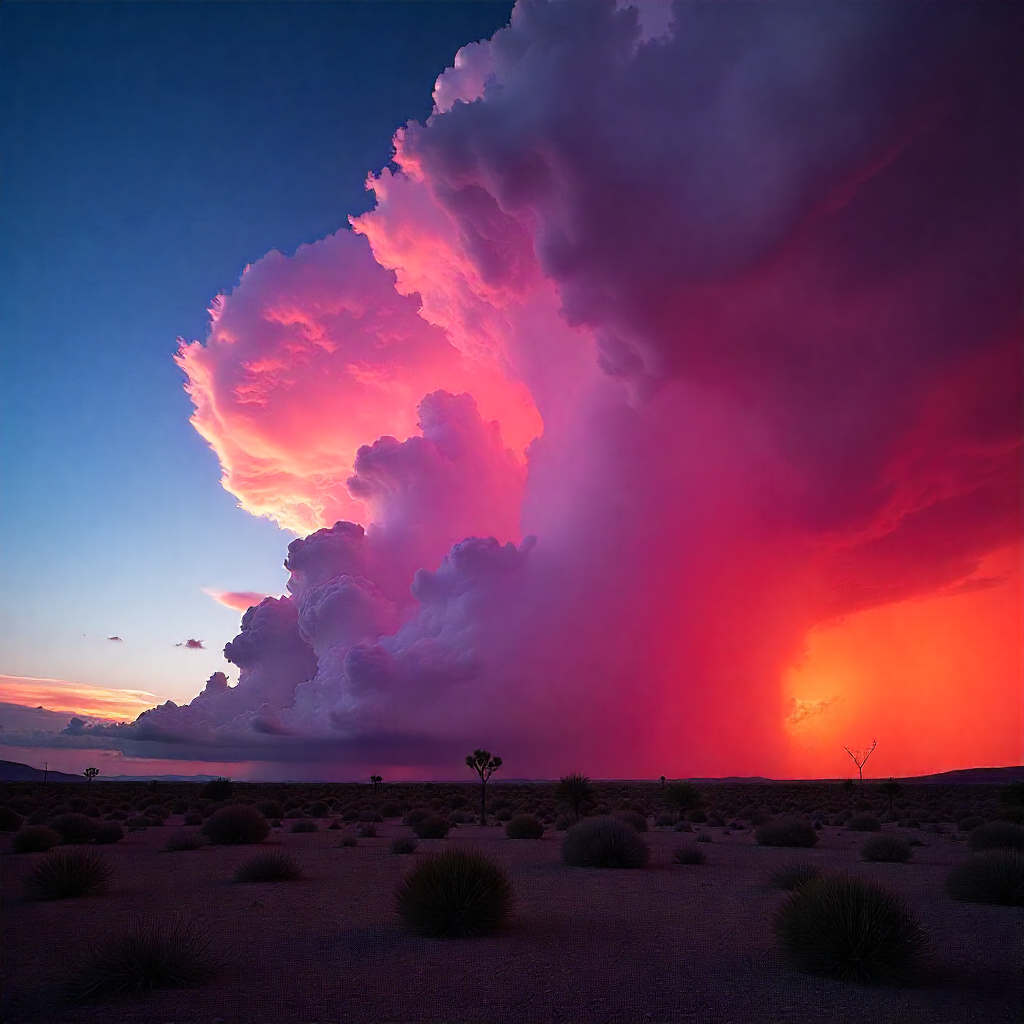
- Uneven rainfall distribution
- Prolonged dry spells followed by extreme rain
All these factors contribute to the rise in events.
Regions Frequently Affected by Cloudbursts
are especially common in:
- Nepal and Bhutan: Particularly in the Himalayan foothills
- Western Ghats: States like Kerala and Karnataka
- Northeastern India: Meghalaya and Arunachal Pradesh
In recent years, even urban cities like Mumbai and Delhi have experienced near conditions during heavy monsoons.
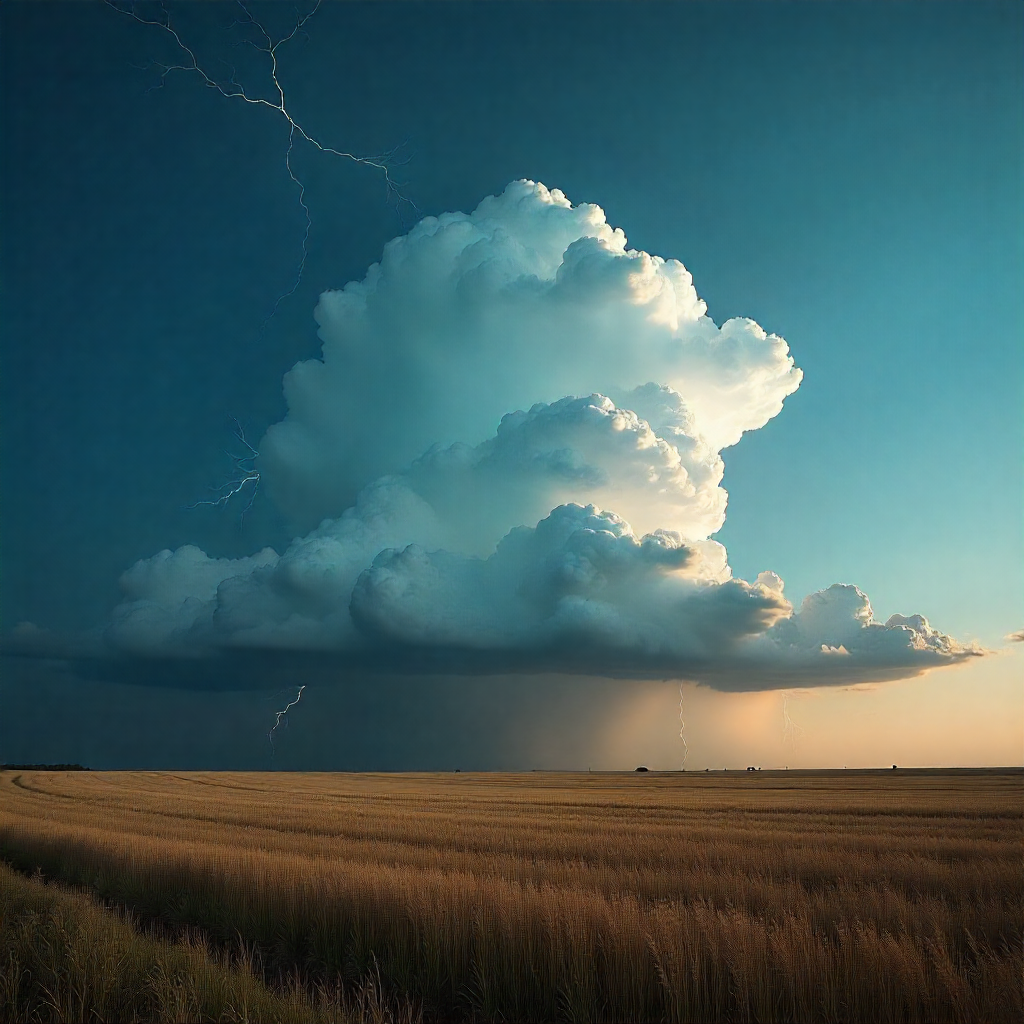
Impact of Cloudbursts
The damage caused by a can be catastrophic:
1. Flash Floods
The rapid discharge of water leads to:
- Inundation of low-lying areas
- Sweeping away of people, vehicles, and animals
- Destruction of homes and buildings
2. Landslides
The heavy rainfall destabilizes hillsides, leading to:
- Road blockages
- Damage to infrastructure
- Loss of lives
3. Transportation Disruption
Cloudbursts can:
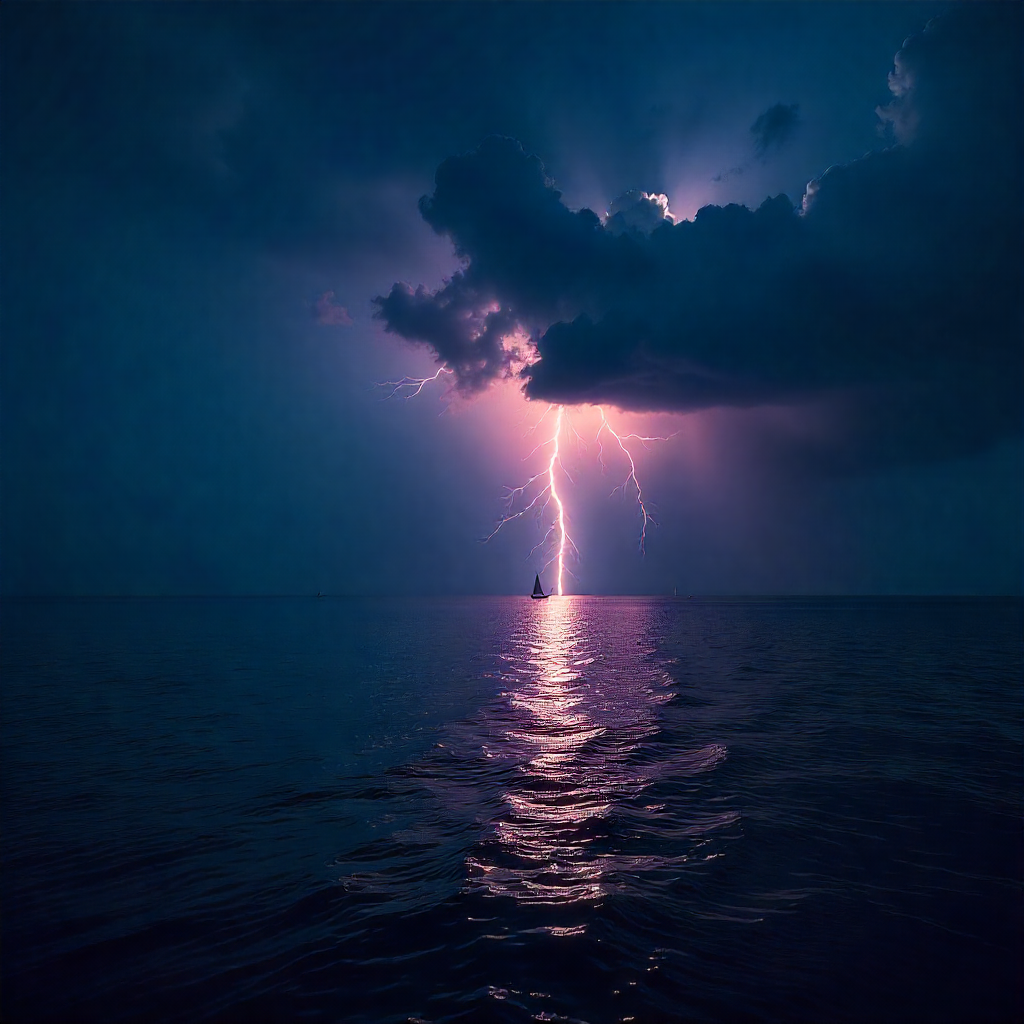
- Wash away roads, bridges, and rail tracks
- Disrupt air and road connectivity
- Delay emergency responses
4. Economic Loss
Damage to:
- Crops and agriculture
- Power lines and communication systems
- Tourism industries in affected areas
5. Humanitarian Crisis
- Displacement of people
- Injuries and deaths
- Challenges in rescue and rehabilitation
Famous Cloudburst Incidents in Recent Years
1. Leh Cloudburst (2010)
- Rainfall: 75 mm in just 30 minutes
- Casualties: Over 200 killed, thousands injured
- Impact: Massive mudslides, destruction of homes, and blocked roads
2. Kedarnath Tragedy Cloudburst (2013)
- Although not technically a cloudburst, intense rainfall and glacial lake outburst floods caused widespread destruction.
- Thousands died, and infrastructure in the Kedarnath valley was wiped out.
3. Himachal Pradesh Cloudburst (2023 & 2024)
- Multiple cloudbursts reported in Kullu, Mandi, and Chamba.
- Flash floods and landslides caused major damage to highways and villages.
Can We Predict Cloudbursts?
Predicting cloudbursts is extremely difficult because:
- They are very localized.
- They occur suddenly with limited warning.
- Radar coverage is often poor in mountainous areas.
However, advancements in Doppler radar, weather satellites, and AI-based weather forecasting models are improving our ability to anticipate short-term extreme rainfall.
Cloudburst What Can Be Done:
- Early warning systems
- Community alert networks
- Localized weather forecasting
- Mobile apps with instant alerts
How to Stay Safe During a Cloudburst
Before the Event:
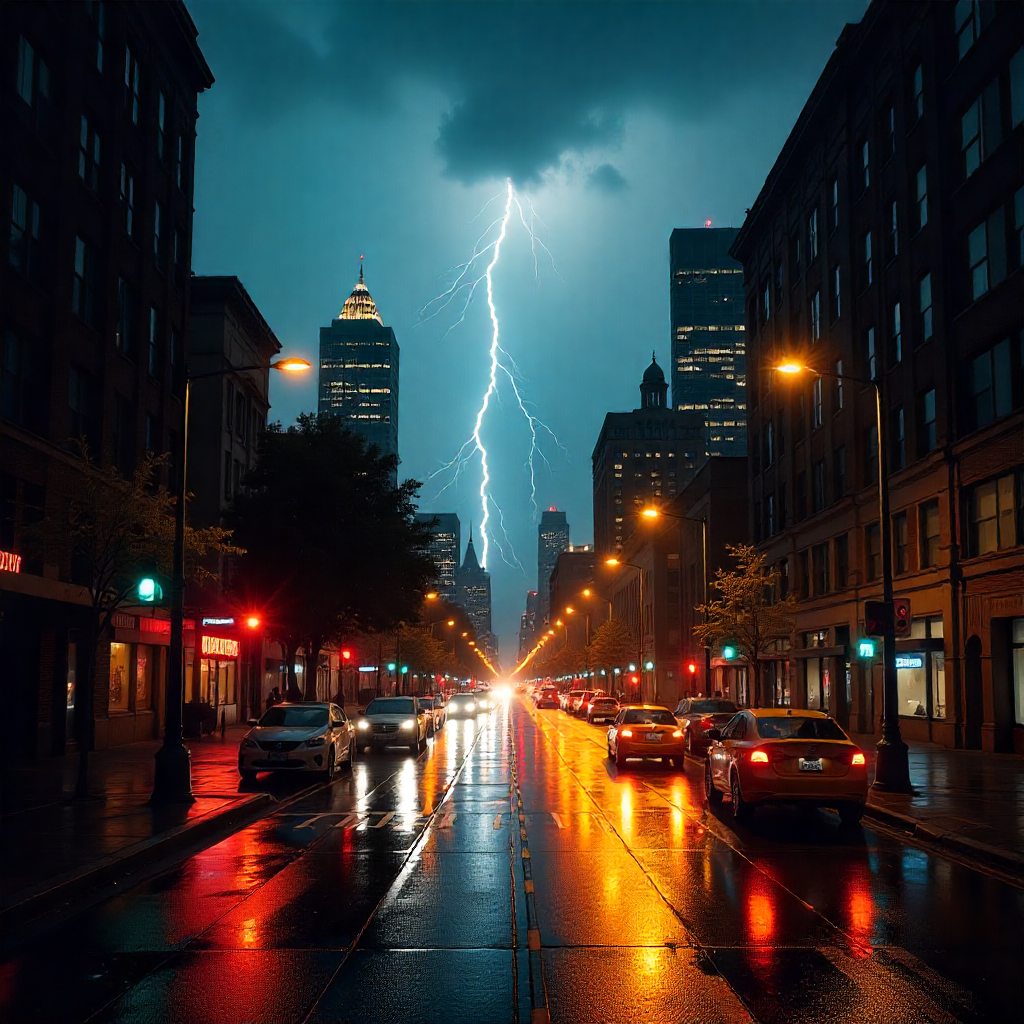
- Stay updated with weather alerts.
- Prepare an emergency kit.
During the Event:
- Move to higher ground immediately.
- Avoid crossing bridges or walking in fast-moving water.
- Stay away from landslide-prone slopes.
After the Event:
- Wait for official clearance before returning to affected areas.
- Help with local rescue efforts if safe.
- Report any damaged infrastructure to authorities.
The Way Forward: Building Climate Resilience
Given the rising frequency of cloudbursts, communities and governments must work together to:
- Strengthen disaster preparedness
- Invest in resilient infrastructure
- Preserve natural buffers like forests and wetlands
- Educate the public about climate risks
Cloudbursts are a stark reminder of how climate change is altering natural weather systems. But with proactive planning, scientific tools, and community awareness, we can reduce their devastating impact.
Conclusion
are powerful natural events that reflect the growing instability in our atmosphere due to climate change and human activity. While they are naturally occurring phenomena, their increasing frequency and intensity highlight the urgent need for environmental awareness, disaster preparedness, and sustainable development practices.
By understanding how cloudbursts happen and what causes
Absolutely — are a serious natural disaster that have growing impacts on Earth and human life, especially in recent times. Let’s break down exactly how cloudbursts affect our planet, environment, and society, and why they’re considered a climate-related disaster.
Here’s a well-structured section you can use as part of your blog or article under the heading:
🌍 How Cloudbursts Affect Earth: A Growing Natural Disaster
Cloudbursts may seem like just another form of heavy rain, but their impact on Earth is far more serious and destructive. These sudden, high-intensity rainstorms can cause major disasters, especially in regions unprepared for such extreme weather. As the climate changes, are becoming more frequent and more dangerous.
⚠️ 1. Cloudburst Environmental Damage
Cloudbursts can severely disrupt the natural balance of ecosystems:
- Soil erosion: The sudden downpour washes away the topsoil, degrading land and making it less fertile.
- River and stream pollution: Heavy rains carry mud, plastic, and garbage into water bodies, affecting aquatic life.
- Destruction of vegetation: Forests and crops are damaged or completely destroyed by flash floods and landslides caused by cloudbursts.
🏘️ 2. Impact on Human Settlements Cloudburst
Cloudbursts often lead to flash floods and landslides, especially in mountainous or hilly areas:
- Homes and infrastructure are washed away in minutes.
- Roads, bridges, and rail lines get destroyed, cutting off access to emergency services.
- Cities may face urban flooding, particularly if drainage systems are poor or clogged.
💧 3. Cloudburst Water Cycle Disruption
- Instead of slow, steady rainfall that replenishes groundwater, cloudbursts cause surface runoff.
- This leads to less groundwater recharge, making the land more prone to drought later.
- Rivers and lakes may flood initially, but then dry up faster due to the soil’s reduced ability to absorb water.
💀 4. Loss of Life and Livelihood
- In many cloudburst events, people are caught unaware due to lack of early warning systems.
- Farmers lose crops, animals, and land.
- Tourists, trekkers, and local residents in hill areas are often stranded or swept away.
🏞️ 5. Increased Risk of Future Disasters
- Landslides caused by saturated soil.
- Glacial lake outburst floods (GLOFs) in Himalayan regions.
🌡️ 6. Climate Change Feedback Loop
- Destroyed forests and soil mean less carbon absorption, adding to global warming.
- Frequent disasters shift development focus away from sustainable practices toward short-term relief and reconstruction.
✅ In Summary Cloudburst
Cloudbursts are more than just extreme rain — they are climate-triggered natural disasters with long-lasting effects on:
- The environment
- Human health and safety
- Economies and livelihoods
- Future weather patterns
Their increasing frequency is a red flag for the health of our planet. It’s a reminder that climate change is real, and its effects are not in the distant future — they are happening now.
If you’d like, I can help you continue this into a full blog structure, or summarize it visually in an infographic. Let me know!
Yes, you’re absolutely right — cloudbursts are a major cause of flooding, especially flash floods. Here’s a clear and detailed explanation you can use for your blog or article under a new section heading:
🌊 Cloudbursts as a Major Cause of Flooding
Cloudbursts are not just intense rainstorms — they are one of the most dangerous natural causes of sudden and severe flooding. Because they release massive amounts of rain in a very short time, they overwhelm everything in their path — from soil and rivers to urban drainage systems — and often lead to disastrous floods.
💧 What Happens During a Cloudburst?
- A cloudburst can dump 100 mm or more of rain in less than an hour.
- This rain falls so fast that the ground cannot absorb it in time.
🚨 How Cloudbursts Cause Flooding:
1. Overwhelming of Natural Drainage Systems
- Rivers and streams can’t carry away the huge volume of water quickly enough.
- Water overflows riverbanks and floods surrounding areas.
- Steep mountain slopes speed up water flow, making floods more dangerous.
2. Urban Flash Flooding
- Cities with poor drainage (e.g., clogged sewers or too much concrete) are especially vulnerable.
- Roads turn into rivers within minutes.
- Water collects in low-lying areas, subways, and basements.
3. Landslide-Induced Flooding
- In hilly areas, the rain from a cloudburst can loosen rocks and soil.
- Landslides block rivers and create temporary dams.
- When these dams break, they release floodwaters downstream, causing massive destruction.
4. Glacial Lake Overflow
In places like the Himalayas:
- Cloudbursts add sudden pressure on glacial lakes.
- This can cause the lake walls to break, releasing water and debris downstream.
- This event is known as a Glacial Lake Outburst Flood (GLOF).
🔄 Cloudburst vs Regular Rainfall: Why Flood Risk Is Higher
| Feature | Regular Rain | Cloudburst Rain |
|---|---|---|
| Duration | Hours to days | 30 minutes to 1 hour |
| Rainfall Volume | Moderate | Very high (100+ mm) |
| Drainage Absorption | Possible | Impossible (too fast) |
| Flood Risk | Gradual | Sudden & extreme |
| Warning Time | Longer | Very little or none |
🏚️ Real-Life Examples of Cloudburst Flooding
🌧️ Leh, India – 2010
- A cloudburst caused flash floods and mudslides.
🌧️ Kedarnath, India – 2013
- Though not a single cloudburst, a series of intense rains and glacial flooding led to one of India’s worst natural disasters.
- Thousands of people were killed or went missing.
🌧️ Himachal Pradesh & Uttarakhand – 2023-2024
- Infrastructure damage worth hundreds of crores occurred.
✅ How Can We Reduce the Risk of Cloudburst-Related Flooding?
- 🌲 Preserve forests and vegetation to reduce surface runoff.
- 🛑 Avoid construction near rivers and in floodplains.
- 🏘️ Improve urban drainage systems to handle high volumes of rain.
- 📡 Install early warning systems and Doppler radar in vulnerable regions.
- 🚶♂️ Educate communities on flood preparedness and evacuation plans.
🌐 Cloudburst Final Thought
Cloudbursts may be natural, but their consequences are intensified by human activity and climate change. By understanding how cloudbursts cause flooding and taking proactive steps, we can reduce damage, save lives, and build safer, more resilient communities.
Let me know if you’d like this turned into a complete blog post, or if you need a visual diagram or bullet summary for
